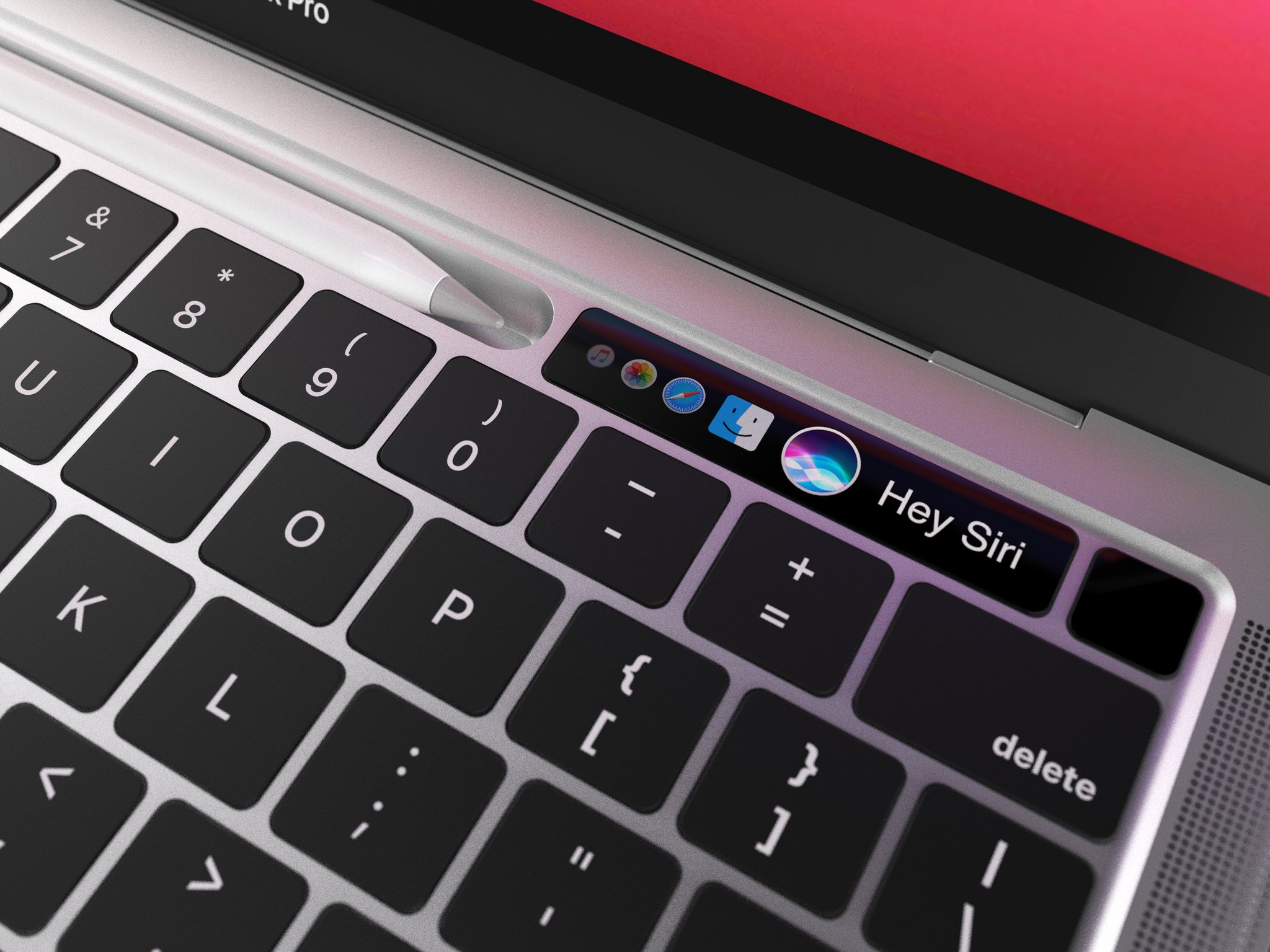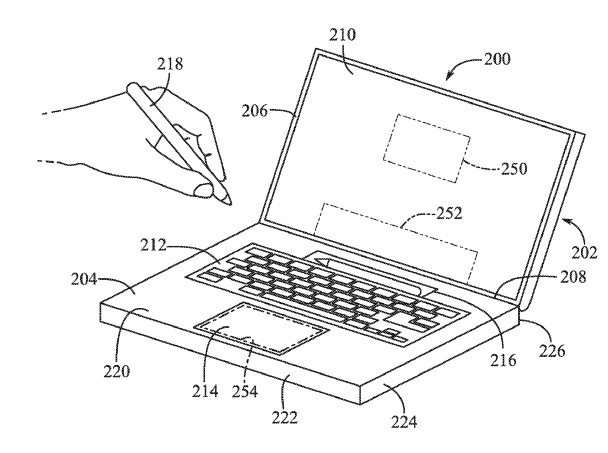A patent of the tech was unearthed earlier this week...
What you need to know
- Apple recently patented a MacBook that houses an Apple pencil.
- A new concept has brought the idea to life.
- Sarang Sheth has created a design of a MacBook, holding an Apple Pencil where the Touch Bar used to be.
A patent filed by Apple earlier this week that revealed a new MacBook design with an Apple Pencil housed in place of its Touch Bar has been brought to life in a stunning new concept.
Sarang Sheth through Yanko Design has created a concept of a MacBook with an Apple Pencil housed where the Touch Bar used to be, as based on a patent filing from Apple made public this week.
As you can see, the incredibly detailed concept reveals how Apple could one day house an Apple Pencil as part of a MacBook chassis, based on the patent filed by Apple. The incredible design begs the question as to how Apple could one day bring Apple Pencil and whether there is a need or a market for an Apple laptop that supports a stylus input or perhaps a touch screen. Whilst Apple reportedly has new mini-LED MacBook Pro (2021) models on the way, there are certainly no rumors to indicate Apple has any plans to add such capabilities to its Macs over the coming months or even years. Apple has reserved Apple Pencil support for devices like the M1 iPad Pro (2021) and its other best iPads. Yet clearly, Apple is at least thinking about how it could expand Pencil support to the Mac one day.
The patent pertains to "mountable tool computer input" and states:
A variety of handheld input devices are used to detect user input. For example, a stylus is often used to provide input by contacting a digitizer or touch-sensitive panel of an electronic device. The touch panel may include a touch-sensitive surface that, in response to detecting a touch event, generates a signal that can be processed and used by other components of the electronic device. A display component of the electronic device may display textual and/or graphical display elements representing selectable virtual buttons or icons, and the touch sensitive surface may allow a user to navigate and change the content displayed on the display screen. Typically, a user can move one or more input devices, such as a stylus, across the touch panel in a pattern that the device translates into an input command. Some styluses can be touch- and force-sensitive to provide writing or drawing input to the electronic device. Functions of the stylus or electronic device can also be remotely controlled by interacting with a sensor on the stylus while the stylus is handheld.
Would you be interested in a MacBook with Apple Pencil support, and what do you think of the concept?



0 Commentaires